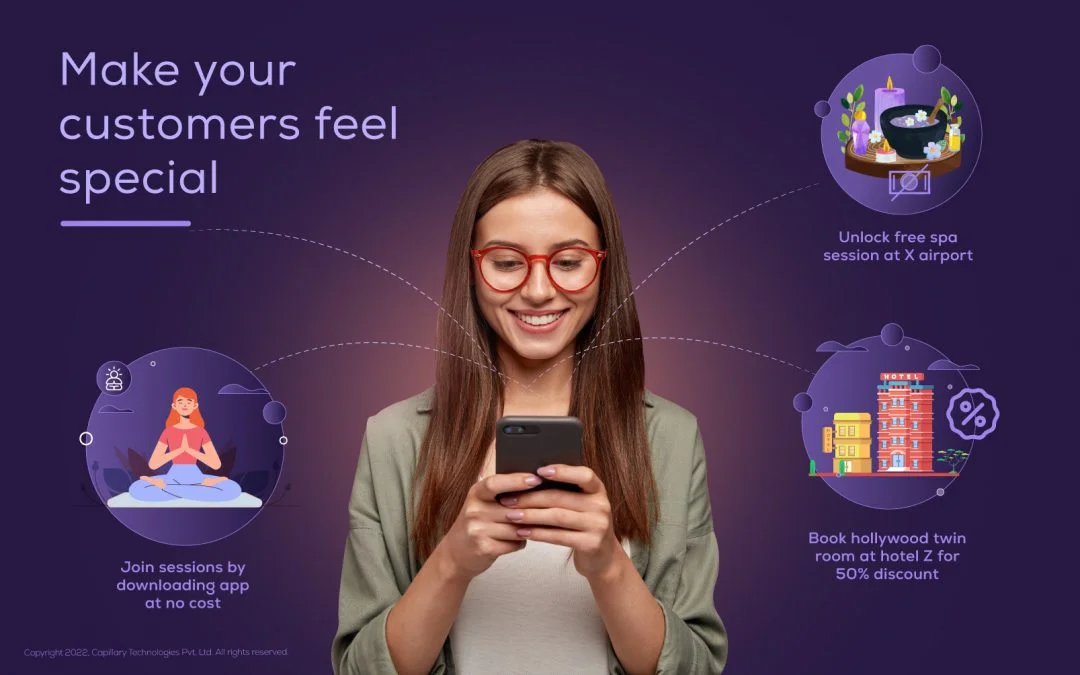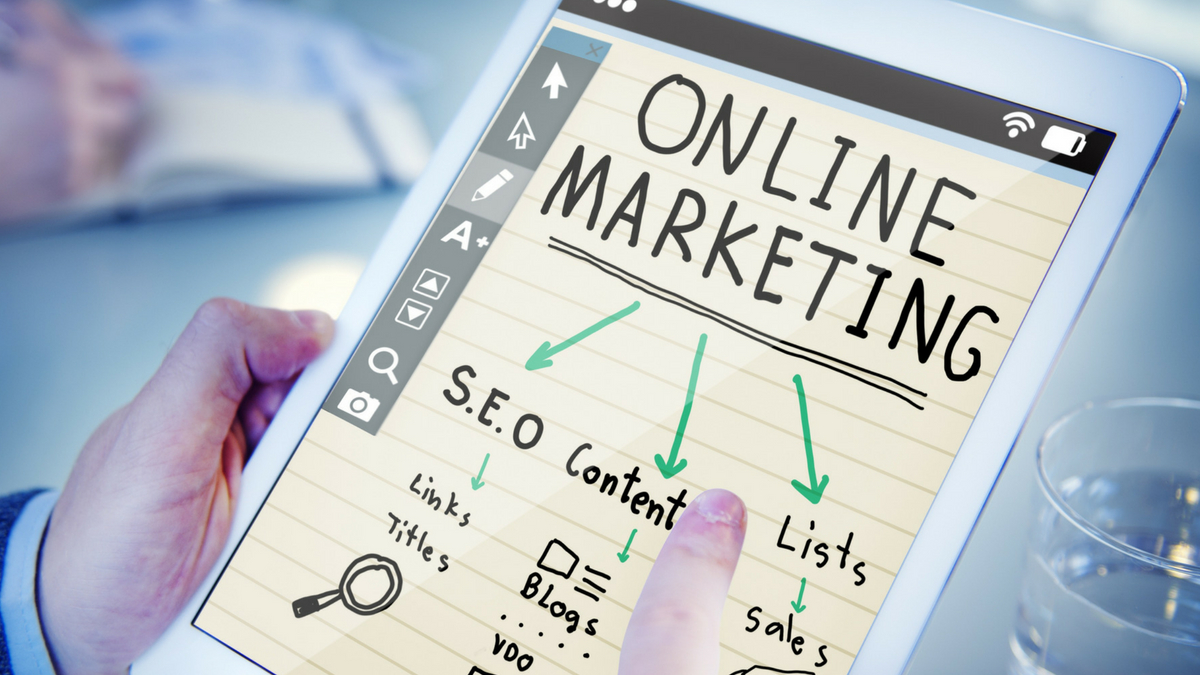- Design industry shaping loyalty programs
- Integrate easily and go live quicker
- Deliver hyper-personalized consumer experiences
Blue Rewards from Al Futtaim Group Shares Loyalty Success Stories and Evolution. Watch Podcast >
Capillary Announces 2nd Annual Captivate 2025 Summit: Transforming Loyalty Management with New AI Tech Read more >

Smartphones are increasingly becoming an essential part of the overall purchase process. Consumers are constantly searching and curating products and services they are interested in through their tablets and smartphones. Empowering retailers with information through mobile apps/sites has the potential to enhance and revolutionize the whole buying process.
Statistics do not lie. A clear trend can be seen as the world progressively relying more on mobile technology due to its availability and easy to use. 84% of smartphone users were found to use their mobile in-store according to Google Adwords( 2013)
Source: google adwords (2013)
Although the sale conversion rates are lower on smartphones as compared to traditional e-commerce, smartphones play a big a big role in influencing purchase decisions. Shopping isn’t confined to physical outlets these days. Retailers cannot limit the shopping experience to retail stores and must design experiences for smartphones and tablets as well.
With the advent of affordable smartphones, India has seen a spectacular rise in smartphones, leaving a huge potential for businesses to grow and develop in this arena. Additionally, due to the lack of access to fixed broadband lines in the country, smartphones are increasingly serving as the window to the internet, overtaking the PC in terms of internet traffic (graph 2).
With customers having access to price comparisons, product reviews and product details at their fingertips, this migration to smartphones has implications the whole business. For instance, this would also affect the way you train employees, as 1 in 3 smartphone users prefer to use their phones for asking store employees for product information(Adwitiya, 2014a). Moreover, Competitive price matches for white goods are becoming imperative due to price comparisons online.
Whether it is an ice-cream parlor around the corner or a multinational corporation, innovation is the key to success in today’s ever-changing business environment. Here are 5 ways in which your business can have a better reach to the mobile-savvy consumer.

September 28, 2022 | 4 Min Read
Learn about key data-driven trends Amazon & Sephora adopted

July 5, 2021 | 4 Min Read
The story began in 2006 when the Indian retail sector was in

November 7, 2018 | 4 Min Read
India’s eCommerce business experienced exponential growth